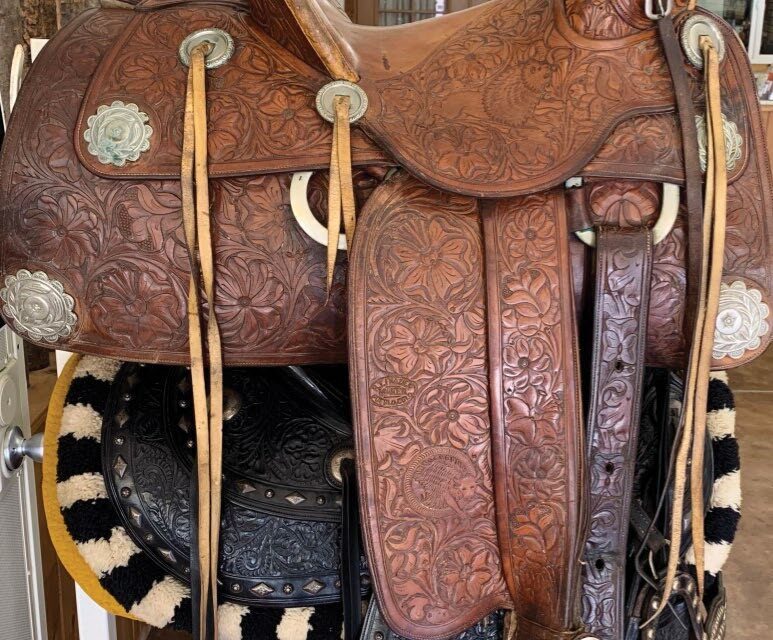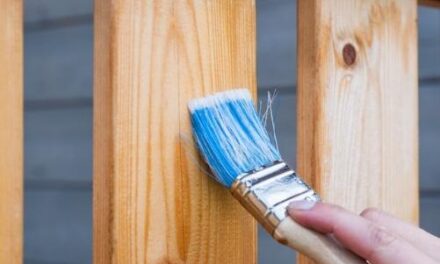Reining saddles have changed over time to integrate contemporary advancements, rather than maintaining a static form. The comfort of the rider, the health of the horse, and overall performance are the goals of these advances. Among the significant advancements in reining saddle technology are:
- Improved Tree Material:
In addition to their traditional wood construction, reining saddle trees are now fashioned of fiberglass and other contemporary synthetic materials that provide increased durability and shape consistency.
- Saddle Weight Reduction:
Lighter reining saddles have been made possible by advancements in saddle manufacturing, which lessen the overall weight borne by the horse and improve comfort on longer rides and performances.
- Adjustable Rigging:
Adjustable rigging on certain reining saddles enables riders to tailor the saddle’s feel and fit to their own preferences and the conformation of their horse.
- Ergonomic Stirrups:
Ergonomic stirrups, which ease the rider’s knee and ankle strain and encourage a more secure and comfortable position, are a common element of modern reining saddles.
- High-Tech saddle Pads:
Most contemporary reining saddles come with ergonomic stirrups, which reduce the rider’s strain on the knees and ankles and promote a more secure and comfortable position.
- Customization Options:
Custom reining saddles are now an option for riders, who can choose a saddle that fits their horse and rider exactly by having it made to match their individual requirements, such as tree width, seat size, and design elements.
Selecting the Right Reining Saddle:
For riders, selecting the appropriate reining saddle is essential since it has a big influence on both their comfort level and performance. When choosing a reining saddle, take into account the following factors:
- Saddle Fit:
Make sure the saddle is properly fitted for the horse and the rider. With enough room for clearance at the withers and spine, the saddle tree should fit the curvature of the horse’s back. According to the rider’s preferences and body type, the seat should be the right size.
- Swell and Cantle Height:
To guarantee that the swells and cantle offer the appropriate amount of security and support, take into account their height. Enough back support should be provided by the cantle, and the swells should be low enough to provide unrestricted movement.
- Strip Position:
In order to promote a balanced center of gravity and a comfortable leg position, make sure the stirrups are hung front.
- Rigging Type:
Choose the saddle’s rigging style based on your desired level of contact and cue subtlety, whether it is classic or in-skirt.
- Customization:
Think about how much a bespoke reining saddle could do for you. It would let you choose particular features and design components to suit your demands.
- Budget:
The pricing range for reining saddles is broad. Be ready to spend money on a long-lasting, high-quality saddle and establish a budget that takes your financial situation into account.
- Professional Fitting:
Consult a qualified saddle fitter for advice when in doubt. They can assist you in choosing a saddle that meets your demands and the needs of your horse.
Caring for Your Reining Saddle:
Regular maintenance is crucial to preserving the longevity and quality of your reining saddle. For optimal saddle maintenance, consider the following advice:
- Cleaning:
To get rid of perspiration, grime, and dust, wipe off your saddle with a moist cloth after each ride. To clean the leather completely, use a soft brush and saddle soap.
- Conditioning:
To maintain leather saddles, supple and free from cracks, regular conditioning is beneficial. To maintain the softness of the leather and stop it from drying out, use a leather conditioner.
- Storage:
Keep your saddle out of the sun and other harsh weather conditions. Instead, keep it somewhere cool and dry. To keep it clean and free of dust, use a saddle cover.
- Continual Exam:
Check your saddle periodically for wear and tear indicators such as frayed seams, cracked leather or broken rigging. To stop more harm, take immediate action to resolve any difficulties.
Role of Reining Saddle in Modern Reining:
Reining saddles serve as a representation of the collaboration between the rider and the horse in the modern reining arena, serving as more than just practical equipment.
Due to their ability to let riders perform complex patterns and man oeuvres with grace and accuracy, these saddles are essential to the success of reining shows. In order to facilitate excellent communication between the rider and the horse, reining saddles are made to be an extension of the rider’s body.
The close-contact skirts and low swells let the horse to stop and spin freely, and they also provide the rider more freedom to move their legs around freely.
A balanced center of gravity is necessary for performing perfect spins and rollbacks, and the forward-hung stirrups provide the rider with a solid seat during hard sliding stops.
Subtlety is essential in the realm of reining, and reining saddles allow riders to give instructions with the least amount of pressure. Reining saddles make sure that every cue is received and comprehended by the horse, resulting in a smooth and harmonious performance, whether it’s a subtle shift in weight or a scarcely noticeable leg movement.
Precision and communication made possible by the reining saddle are critical components of a successful reining partnership. Reining may be accomplished to the highest level by riders and horses when tradition and innovation are combined, as these exquisitely made saddles do.
FAQs
What is reining saddle for?
Reining competitions are the intended use for western reining saddles, often known as Reiner horse saddles. Close contact seats to support the rider’s seat aids and forward-hung stirrups to help maintain the rider sitting back during rapid stops are features found on most reining saddles.
What is the purpose of saddle?
An animal’s saddle is where the rider sits, typically on a horse. A well-constructed saddle provides the rider with the stability, control, and support the horse need. Because the saddle allows the rider to sit above the horse’s point of balance, it helps the rider maintain balance with the horse.
Why was the saddle created?
Over 6,000 years have passed since people first rode horses, but it wasn’t until about 800 BC that someone recognized how much more comfortable the overall experience would be with an additional seat. The saddle was so created. The ancient Assyrian Cavalry utilized crude pads fastened to the backs of their horses as saddles.
Why is it called reining?
Ranch horses, such valuable assets to early American settlers, provided the athletic moves from which reining was created. The characteristics of the modern reining horse, from which the sport gets its name, include speed, agility, and willingness to be led on a loose rein.
Conclusion
In summary, reining saddles act as a link between the advances of the contemporary reining arena and the rich customs of the American West. They stand for the lifelong collaboration between a rider and a horse, in which delicacy and accuracy are crucial.
With the help of these exquisitely made saddles, riders may interact gracefully and perform intricate patterns and man oeuvres with ease. Reining saddles are a living reminder of the age-old craft of reining, which combines innovation and tradition to produce world-class equestrian performance. Reining is still thriving and changing.
In case of any issues, you can contact us. Thanks!





